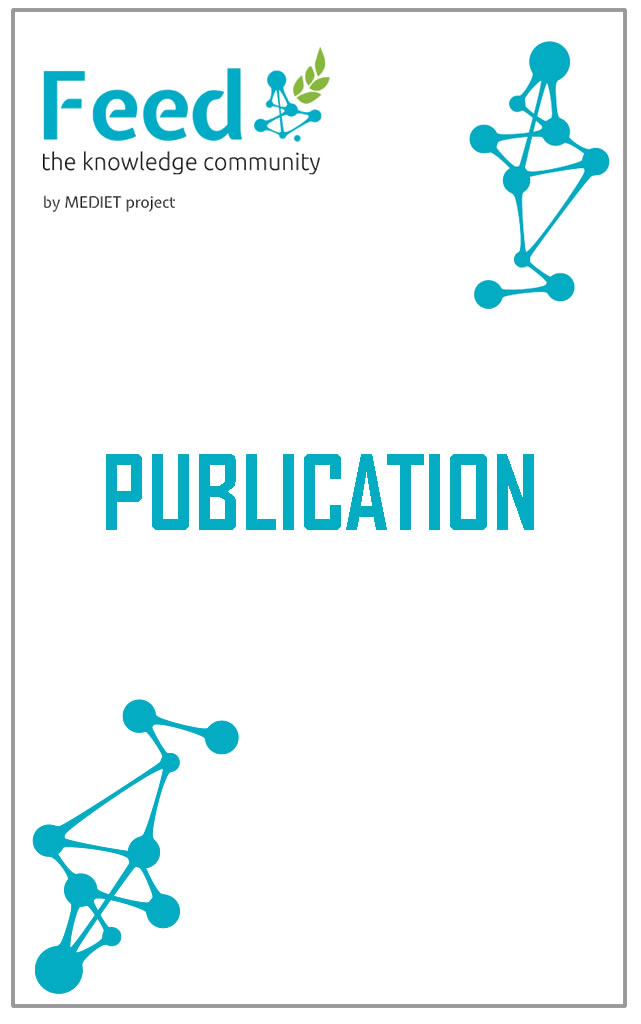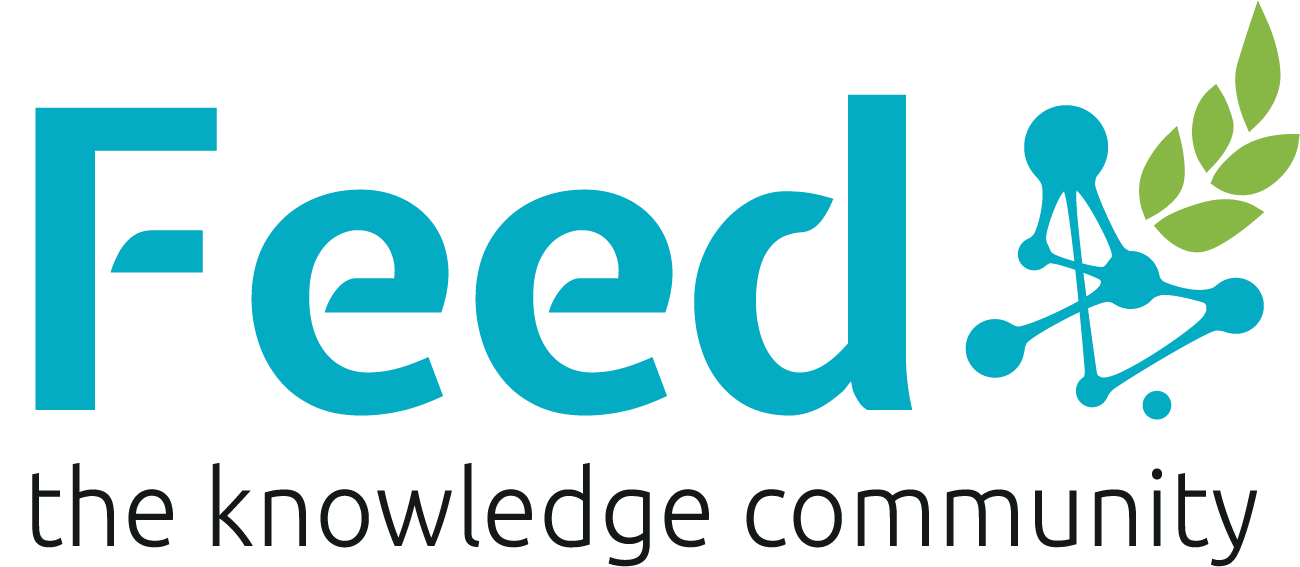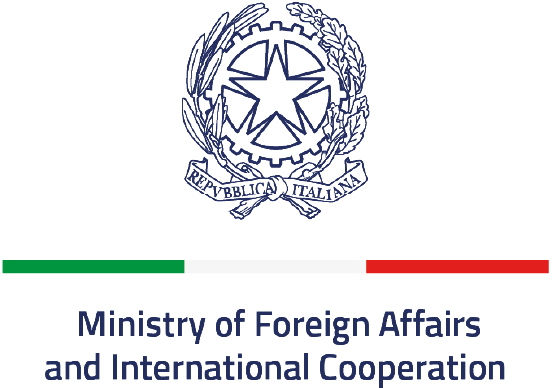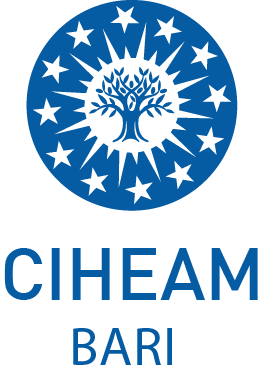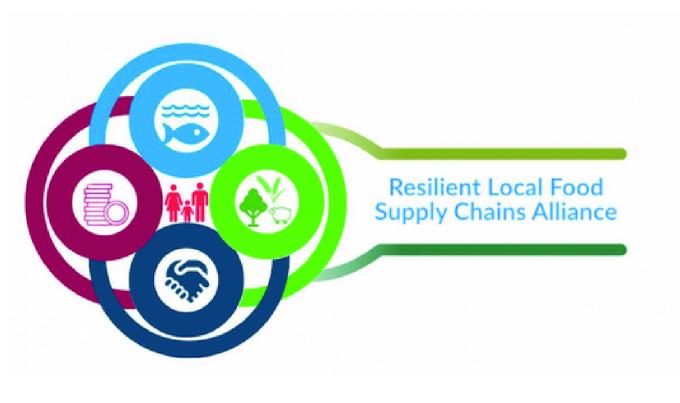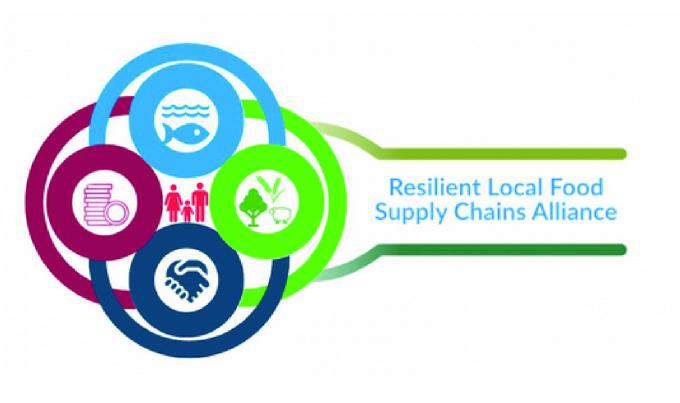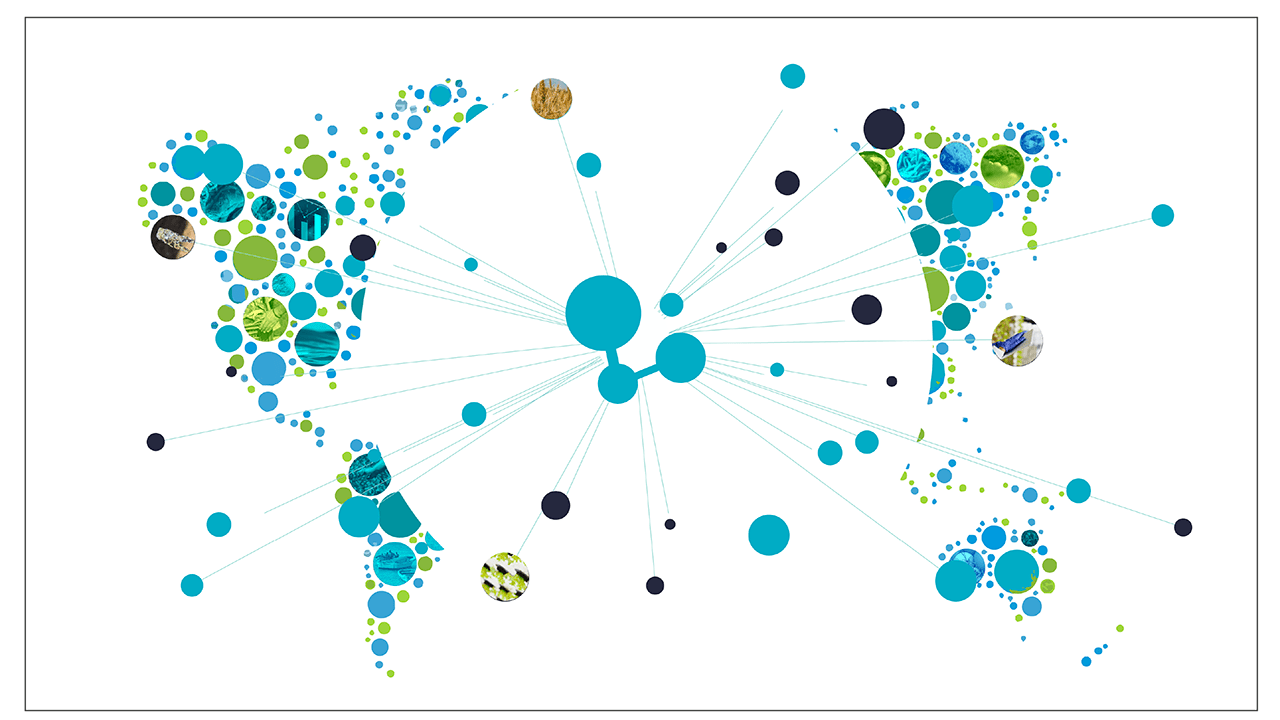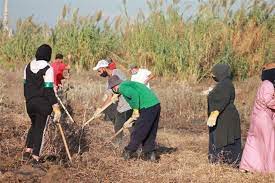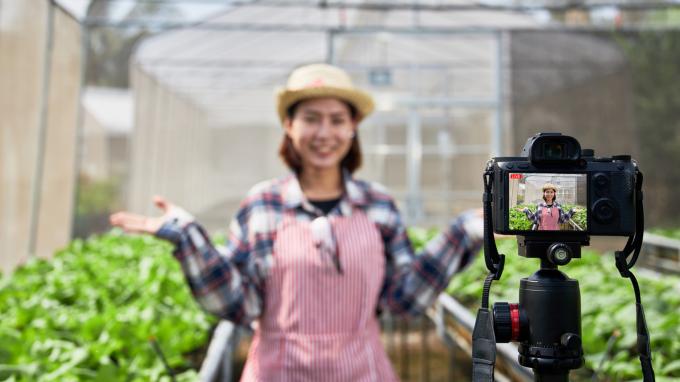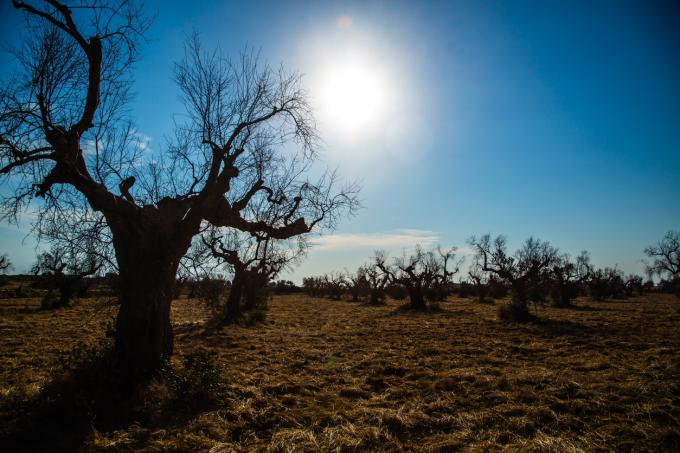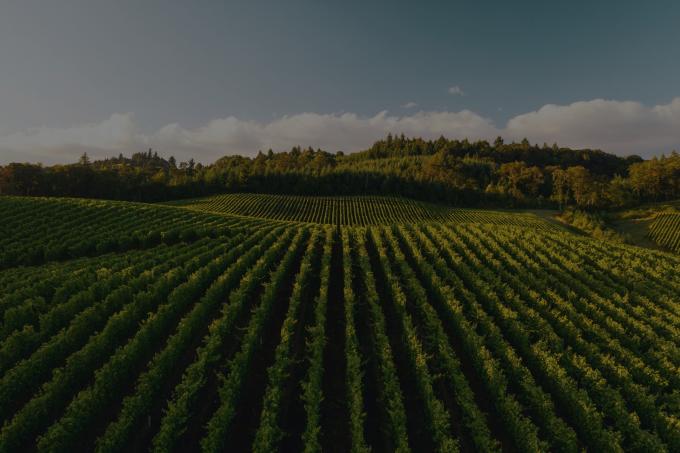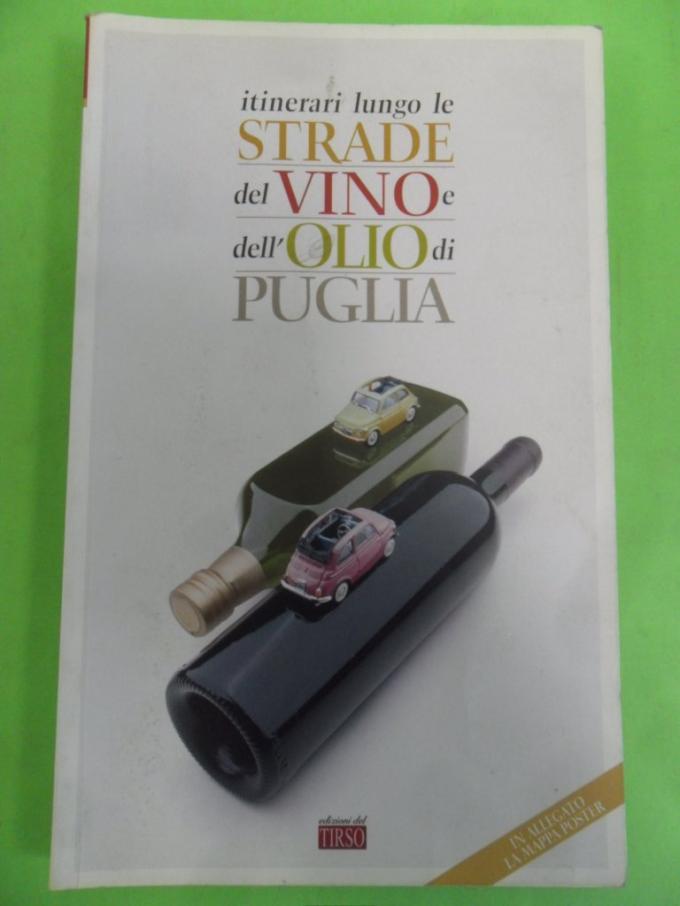Book
Fertigation des agrumes en milieu mediterraneen semi aride : effets de la nutrition azotee-potassique sur le rendement, la qualite des fruits et le statut nutritionnel du clementinier (C.reticulata Osbeck)
Year:
2010
Author:
Hammami Abdelkader , Hellali Rachid
You must be registered to see all the content
Nowadays, citrus industry is one of the most important fruit-bearing productions of the agricultural sector of Tunisia. Indeed, the production of fresh fruits with an excellent quality, as well as Clementine Mandarin fruit, places the Citrus sector in an economic position of size, insofar as in more than it provides local market fruit requirements, but it contributes also to consolidate the agricultural export activity of the country. Nevertheless, the noted modest yields associated with the cultivar seasonal alternate bearing are due mainly to an inadequate tree mineral nutrition as well quantitative as qualitative; or with excessive nitrogen fertilizer supply which can only support the imbalance growth between the biomass tree and their fruit load. And thus gives low fruit yield and will engage trees more in the alternate bearing habits. Leaf analysis is a useful tool to evaluate the nutrient status of citrus trees, but diagnosis standards for ‘Clementine mandarin' are not available. Nutrition recommendations of the current fertilization practices are mainly based on the same recommended nutrient rates for orange trees. A three-year (2005-2007) field experiment was conducted in North Eastern Tunisia (El Gobba). This experiment was carried out using 25 years old ‘Clementine mandarin' trees (Citrus reticulata Osbeck) on ‘Sour orange' (Citrus aurantium Osbeck) rootstock; grown on a sandy soil. The objectives of this study were to evaluate the effect of rates of nitrogen and potassium fertigation on biomass tree growth, fruit yield, and fruit quality of 25 years old ‘Clementine mandarin' trees grafted on ‘Sour orange', under semi arid Mediterranean conditions. Our target also is to establish leaf nutrient (N and K) concentration standards for optimum tree growth and yielding. Nitrogen and potassium rates ranging from 160 to 232 kg ha-1yr-1 and 200 to 290 kg ha-1yr-1, respectively, were applied in a drip irrigation system (12 fertigations events yr-1). Irrigation was scheduled based on tensiometer readings at the root zone. Fruit yield was positively associated with N (r2=0.91) and K (r2=0.84) rates. As well as with leaf N concentration (r2=0.92) and tree fruit load (r2 = 0.91).Leaf N concentration was significantly correlated with N rates (r2=0.72) and biomass tree growth (r2=0.52). These findings indicate that 192 and 200 kg ha-1yr-1 of N and K2O (N:K=0.9), respectively, are required to support optimal fruit yield of 43 T ha-1yr-1 with tree fruit load of 2.4 kg m-3 (fruit yield/tree canopy size ratio) and optimum fruit quality. At 90% of maximum relative fruit yield, leaf N and K concentrations were 27 to 29 and 10 to 12 gkg-1, respectively. Leaf nutrient concentration ranging from 27 to 29 gkg-1 for N; and from 10 to 12 gkg-1 for K corresponding to a fertilizer management program of 192 kg N and 200 kg K2O ha-1yr-1, could be recommended as optimum levels of N and K content for ‘Clementine mandarin' grown under Mediterranean conditions.
Secondary Author:
DOI Link:
